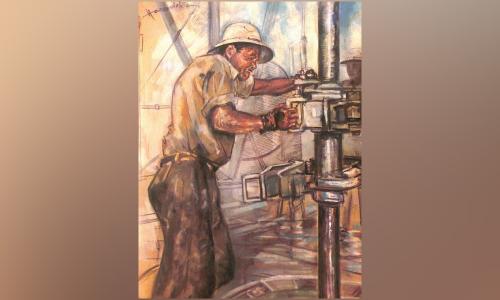COMMENT | Postcards, nostalgia and the reimagining of M'sia
COMMENT | The past, in hindsight, is always more comforting, especially in the context of the fractious present. Yet nostalgia is never a simple operation, especially not in our longing and fascination for Malaysiana – for the old photographs and kopitiams, bicycling past the estates and paddy fields, Sudirman’s vocals and above all things, a less divided society.
But to echo Show Ying Xin’s thoughts in Revisiting Malaya, this view overlooks the messiness of the past: colonial exploitation, warfare and resistance all through the Cold War and the attendant paranoia, riots and multiple declarations of emergency. Yet this notion of the idyllic past, sepia-tinted and wistful, can be subverted by the same media that operationalises it.
The postcard has been a staple format of packaging nostalgia, hopes and dreams for a long time, an innocuous piece of stiff paper cycling through the postal network, from one hand to another. Evolving alongside the postal service, eventually coming into vogue in the second half of the nineteenth century, particularly pioneered by the Germans, and eventually, the Straits Settlements issued their first postcard in 1879.
As Alan Teh writes in the New Straits Times, postcards took on a greater life, capturing scenes of Malaya for the curious and circulating through the postal network, printed by both foreigners and locals alike. They have become historical documents in their own regard, and have gathered more than a passing interest – for instance, Lin Yangchen has curated a brief but informative exhibition on the stories associated with them.
But the postcard does not necessarily need to buttress the existing historical narrative, and a new experiment, decisively counter-hegemonic in its ambitions, although playfully irreverent on the surface is the...
RM12.50 / month
- Unlimited access to award-winning journalism
- Comment and share your opinions on all our articles
- Gift interesting stories to your friends
- Tax deductable

